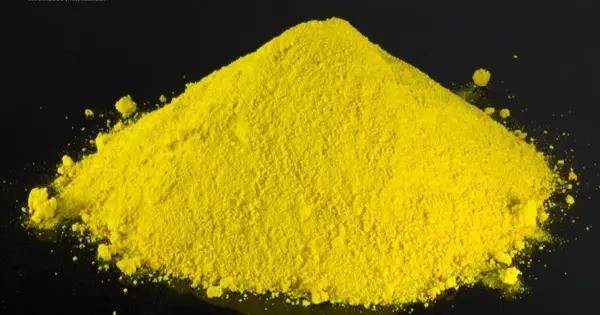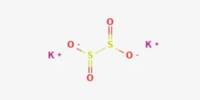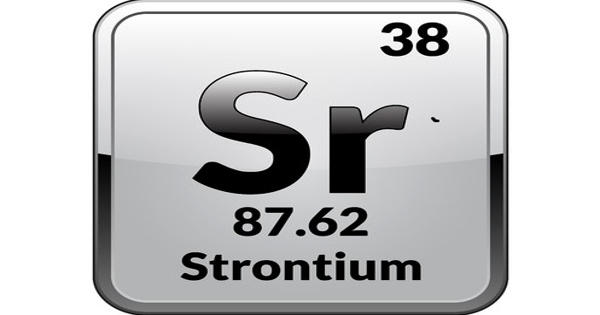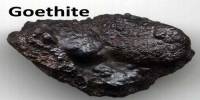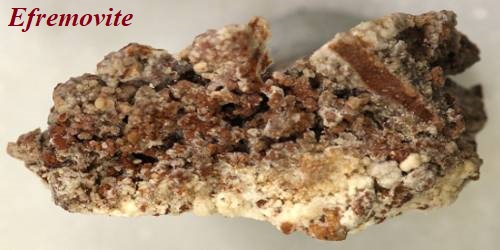Calcium chromate is an inorganic compound with the formula CaCrO4, i.e. the chromate salt of calcium. It is a bright yellow solid which is normally found in the dihydrate form CaCrO4·2H2O. A very rare anhydrous mineral form exists in nature, which is known as chromatite. t reacts with acids to release toxic chromic acid vapors and may form chromium trioxide (CrO₃).
The compound is occasionally used as a pigment, but this usage is limited due to the very toxic and carcinogenic nature of hexavalent chromium compounds such as chromate salts.
Properties
- Chemical formula: CaCrO₄
- Molar mass: 156.07 g/mol
- Appearance: Bright yellow crystalline powder
- Density: ~2.89 g/cm³
- Melting point: Decomposes before melting
- Solubility in water: Moderately soluble
- Crystal system: Tetragonal
- Stability: Stable under normal conditions, but a strong oxidizer
- Oxidizing ability: Strong; reacts with organic materials
Synthesis and reactions
Calcium chromate is formed from the salt metathesis reaction of sodium chromate and calcium chloride: Na2CrO4 + CaCl2 → CaCrO4 + 2 NaCl
In aqueous solution the dihydrate is obtained, which loses water to afford the anhydrate at 200 °C. It is an oxidiser, oxidising organic compounds (e.g. alcohols) or reducing agents (e.g. metals) to the corresponding carbonyl compounds or metal oxides while the chromium(VI) centre in CaCrO4 is reduced to chromium(III).
Solid calcium chromate will react explosively with hydrazine. It will also burn violently if mixed with boron and ignited, thereby posing a fire hazard.
Occurrences and Production
Natural occurrence: Rarely occurs naturally as the mineral crocoite, though crocoite is actually lead chromate (PbCrO₄). Calcium chromate does not commonly occur in nature in significant quantities.
Synthesis: Produced industrially by reacting calcium chloride or calcium nitrate with sodium chromate or potassium chromate in solution:
𝐶𝑎𝐶𝑙2 + 𝑁𝑎2𝐶𝑟𝑂4 → 𝐶𝑎𝐶𝑟𝑂4↓ + 2𝑁𝑎𝐶𝑙
Uses
The compound is occasionally used as a yellow inorganic pigment, or a corrosion inhibitor as part of the chromate conversion coating procedure. It has been also utilised in chromium electroplating, in photochemical processing, and as an industrial waste treatment.
- Pigments: Formerly used as a yellow pigment.
- Corrosion inhibitor: In primers and coatings, especially in aerospace and marine industries.
- Oxidizing agent: In chemical synthesis and laboratories.
- Wood preservative: Used in chromated copper arsenate (CCA), though this has largely been phased out due to toxicity.
Hazards
- Toxicity: Calcium chromate is highly toxic and a known carcinogen (contains hexavalent chromium, Cr(VI)).
- Environmental hazard: Dangerous to aquatic life.
- Handling: Requires gloves, goggles, and proper ventilation. Use in fume hoods when possible.
